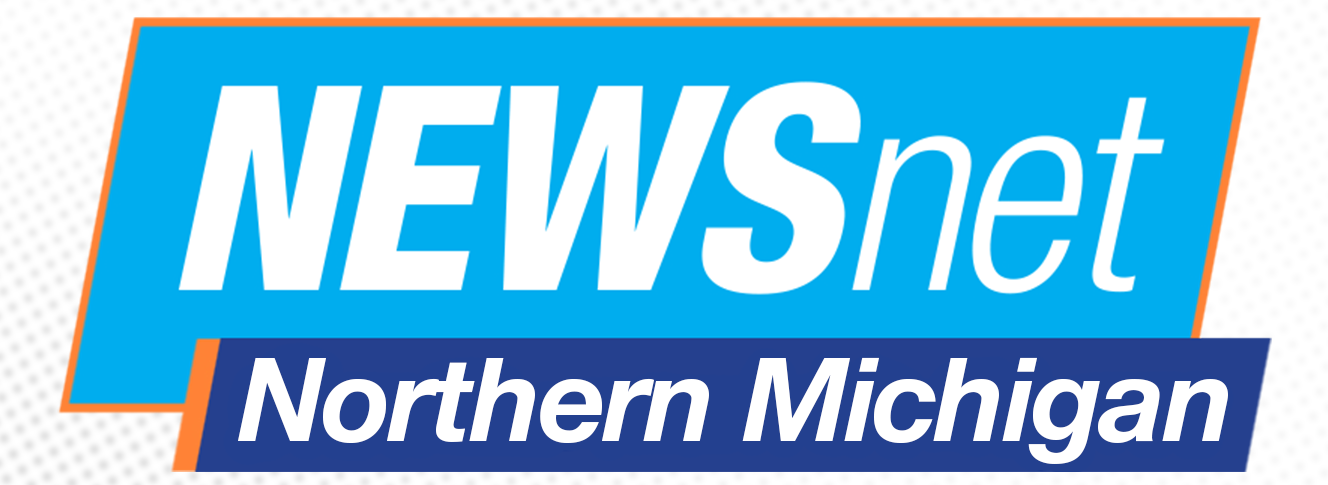Water damage prevention technology has made great strides in combating water damage disasters in commercial settings. A small water release or intrusion in the wrong location can cause damage so expensive to repair that the future of the business may be threatened. A retail store, a medical office, a restaurant, and a factory share a high-risk hazard of a water damage disaster, especially if a fire sprinkler system is in play or if the manufacturing process requires ample water and water supply points. The implementation of technology such as moisture detectors and temperature sensors aids in the prevention of a water damage disaster from pipes that become frozen or cracked.
The discussions about the billions in water damage caused by hurricanes often crowd out interest in the more mundane and less dramatic non-catastrophe (non-CAT) damage from a local natural disaster or single-structure water damage disasters from a fire sprinkler malfunction or a roof leak flooding a data center. Hardware, software, and mechanical damage can be difficult to deal with, but the financial injury from water damage to a commercial property such as a warehouse, hotel, office, medical facility, or manufacturing unit can be catastrophic.
.png)
Yet, such local and single-facility water damage events are a common reason for filing insurance claims to cover expenses for property loss. A large loss from a natural disaster is of concern, but property owners, facility managers, and safety coordinators must maintain an acute awareness of the risks of water damage originating within the facility.
Sources of Damage
Water damage can spring from a variety of sources in a commercial facility, including valves, fire sprinkler systems, broken or frozen pipes, roof leaks, a water main break, sewage backup, a malfunction in the onsite water treatment center, and a ruptured supply line to a machine used in the production process. Water exposure in a commercial setting can be complex and multi-faceted, requiring the risk manager to be focused, attentive to details, and vigilant.
The Scope of Water Damage Effects at a Commercial Enterprise
A business that suffers a large water damage loss must deal with a wide scope of consequences directly and indirectly related to the actual water damage event. These consequences include:
- Extensive water damage cleanup involving water removal, drying, and dehumidification of affected items
- Disinfection, sanitization, and deodorization
- Repairs to the structure and damaged equipment
- Replacement of non-salvageable items
- Replacement of damaged inventory and production materials
- Employee displacement (Payroll continues even though the provision of goods and services does not. Some employees will seek other employment. The cost of re-training new employees or hiring qualified personnel can be staggering.)
- Disruption of the revenue cycle
- Loss of customers and the expense of acquiring new customers
These direct financial losses may be overshadowed by indirect challenges and expenses. Machinery replacement may take weeks or months due to supply chain issues or customer backlogs from the manufacturer. In addition, mold remediation may be required throughout the facility, and this process can be extensive if the facility is an office complex, hotel, or school. In severe cases, access to the premises may be suspended for a time while repairs, replacement, and restoration are implemented. Therefore, the impact on the corporate culture, customer confidence, and employee morale must be considered when engaging in risk analysis.
This brief discussion highlights the need for a robust, dynamic, and responsive water damage mitigation plan. The plan should include:
- The identification of potential risks
- Prevention and loss control strategies
- An easy and effective reporting process for employees
- An emergency response protocol
In light of the complexity and cost of a water damage disaster in a commercial setting, now is the time to integrate water leak detection technology into a water damage prevention and mitigation program. Also, recent innovations make leak detection sensors affordable and easier to install and manage. As a result, ROI can be achieved within one or two events.
Leak Sensors in the Workplace
Leak sensors are optimal for properties that have a high frequency or high loss exposures. A water leak from a one-inch water line with a flow rate of 9 gallons per minute can release over 500 gallons of water in an hour. A water sensor can send a notification the instant a release is detected, initiating a rapid response that limits the impact of the water damage.
Automatic Shutoff Valves
Automatic shutoff valves stop water flow to a connected pipe when valve sensors are triggered. The water released from a burst one-inch pipe with a flowrate of nine gallons per minute can flood an office complex or warehouse with 26,000 gallons of water over a weekend. For context, 26,000 gallons is enough water to fill a standard swimming pool.
Temperature Sensors
Temperature sensors can send alerts that warn business owners and property managers of the potential for frozen pipes. A swift response to the alert can prevent a major water damage disaster. Water and temperature detection technology has developed to the point that these systems can economically improve a company’s damage mitigation program. Business owners and facility managers are in the best position to make decisions and recommendations and to take action to minimize risk.
.png)
SERVPRO of Palo Alto is available 24 hours a day, 365 days a year, to quickly regain control of a water damage situation and begin the water damage restoration process. Quick response, rapid remediation, and minimal or no disruption enable the business to continue to meet the needs of customers or tenants in a safe environment.
For more information about commercial water damage cleanup services in Palo Alto, CA, and the surrounding area, contact SERVPRO of Palo Alto by phone at (650) 800-3448 or email office@servpropaloalto.com.
































